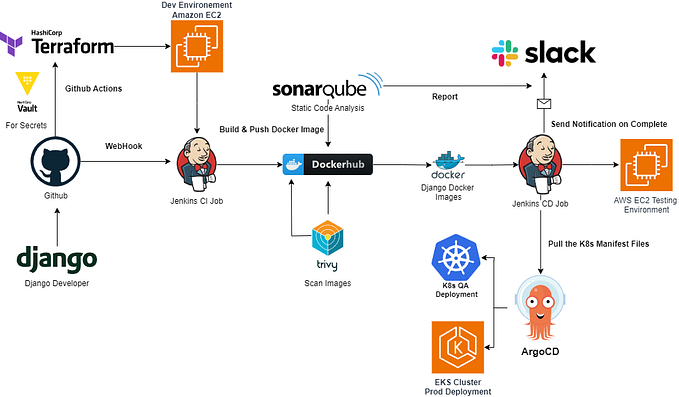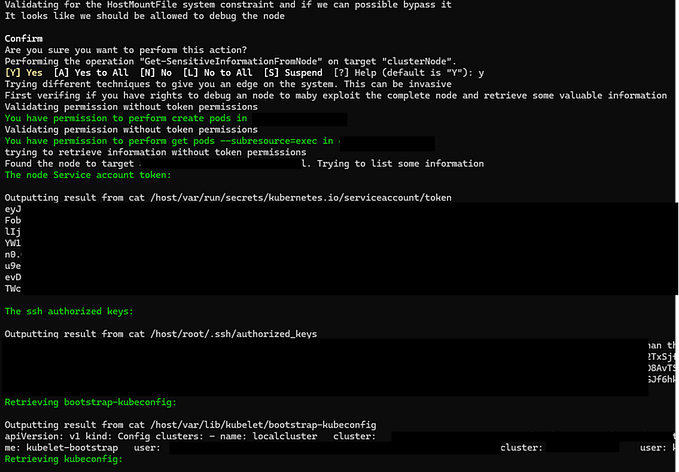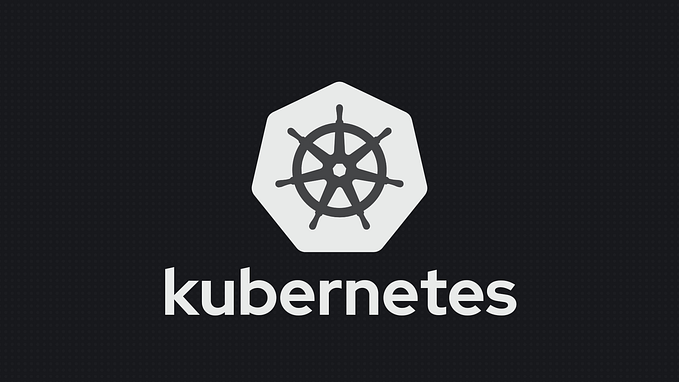Member-only story
How to deploy full fledge Medusa app to Kubernetes cluster
Learn how to deploy the Medusa backend, Medusa storefront, and Medusa admin using Kubernetes.
Kubernetes allows applications to be scalable with support for load balancing or self-healing. It’s widely used for deploying applications from middle to large size, with a bunch of tools built around it so that you can easily integrate your existing technology stack to Kubernetes.
Medusa is a set of open-source e-commerce tools that provides tools for backend service, admin GUI, and even store GUI. Using Medusa, you have the building blocks you need to deploy your e-commerce app. With Medusa, you can save your precious time to focus on the business requirements instead of building the same code for authentication or authorization over and over again.
In this article, let’s deploy the medusa-backend, Medusa storefront, and Medusa admin, along with PostgreSQL and Redis, to the Kubernetes cluster.
How Medusa works
Medusa typically consists of the following components:
- A Medusa Backend, which is the backbone of Medusa, is used for creating APIs that will be used in both admin GUI and the storefront GUI
- A storefront GUI, which is the…









